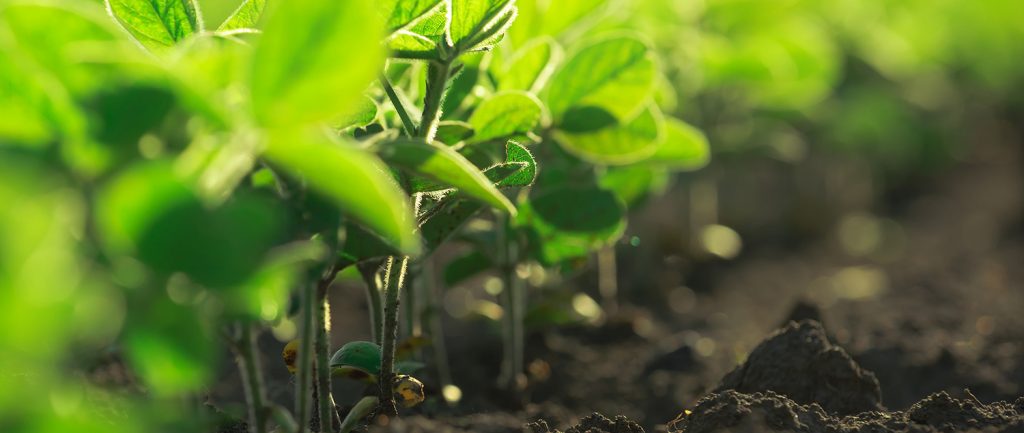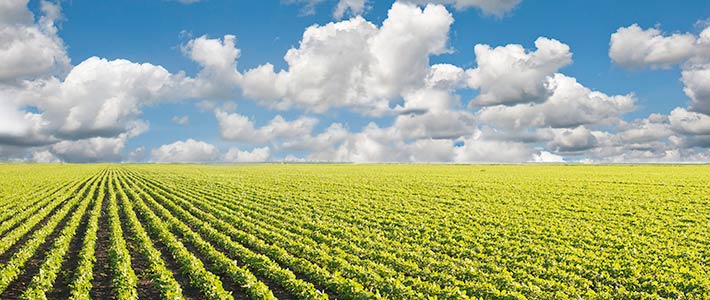The Minnesota Soybean Growers Association (MSGA) is encouraged by the Environmental Protection Agency’s (EPA) announcement Wednesday to extend over-the-top use of dicamba on soybeans until Dec. 20, 2020.
“We’re very pleased the EPA will continue to have this important tool available for farmers to manage their crops for the foreseeable future,” says MSGA Director Bob Worth, who also serves as the chair of the organization’s Drift Task Force. “We’re going to continue to be good stewards of this product, as well as finding ways to improve its use as well.”
The agency said it considered several different sources of input before making this decision.
“EPA understands that dicamba is a valuable pest control tool for America’s farmers,” said EPA Acting Administrator Andrew Wheeler in a press release. “By extending the registration for another two years with important new label updates that place additional restrictions on the product, we are providing certainty to all stakeholders for the upcoming growing season.”
Changes to the label include the following:
• Two-year registration (until Dec. 20, 2020)
• Only certified applicators may apply dicamba over the top (those working under the supervision of a certified applicator may no longer make applications)
• Prohibits over-the-top application of dicamba on soybeans 45 days after planting and cotton 60 days after planting
• For cotton, limits the number of over-the-top applications from 4 to 2 (soybeans remain at 2 OTT applications)
• Applications will be allowed only from 1 hour after sunrise to 2 hours before sunset
• In counties where endangered species may exist, the downwind buffer will remain at 110 feet and there will be a new 57-foot buffer around the other sides of the field (the 110-foot downwind buffer applies to all applications, not just in counties where endangered species may exist)
• Clarifies training period for 2019 and beyond, ensuring consistency across all three products
• Enhanced tank clean out instructions for the entire system
• Enhanced label to improve applicator awareness on the impact of low pH’s on the potential volatility of dicamba
• Label clean up and consistency to improve compliance and enforceability
The registration for all dicamba products will automatically expire on Dec. 20, 2020, unless EPA further extends it.
In 2017, MSGA assembled the first-ever farmer led task Drift Task Force to examine the data and science behind suspected dicamba damage reports in Minnesota and find a solution to develop best management practices concerning the use of dicamba in dicamba-tolerant soybeans in the state. The drift task force aims to work with industry and researchers to help glean answers and options for maximizing the potential of this technology. The Drift Task Force will convene in the near future to offer input to the Minnesota Department of Agriculture as MDA considers its dicamba restrictions for the 2019 growing season.
“We want to see technology around for years to come,” says David Kee, Minnesota Soybean’s director of research. “We look forward to receiving more clarification to the changes made by the EPA, and continuing to work with state and federal agencies in 2019 and beyond.”
Tags: Dicamba




